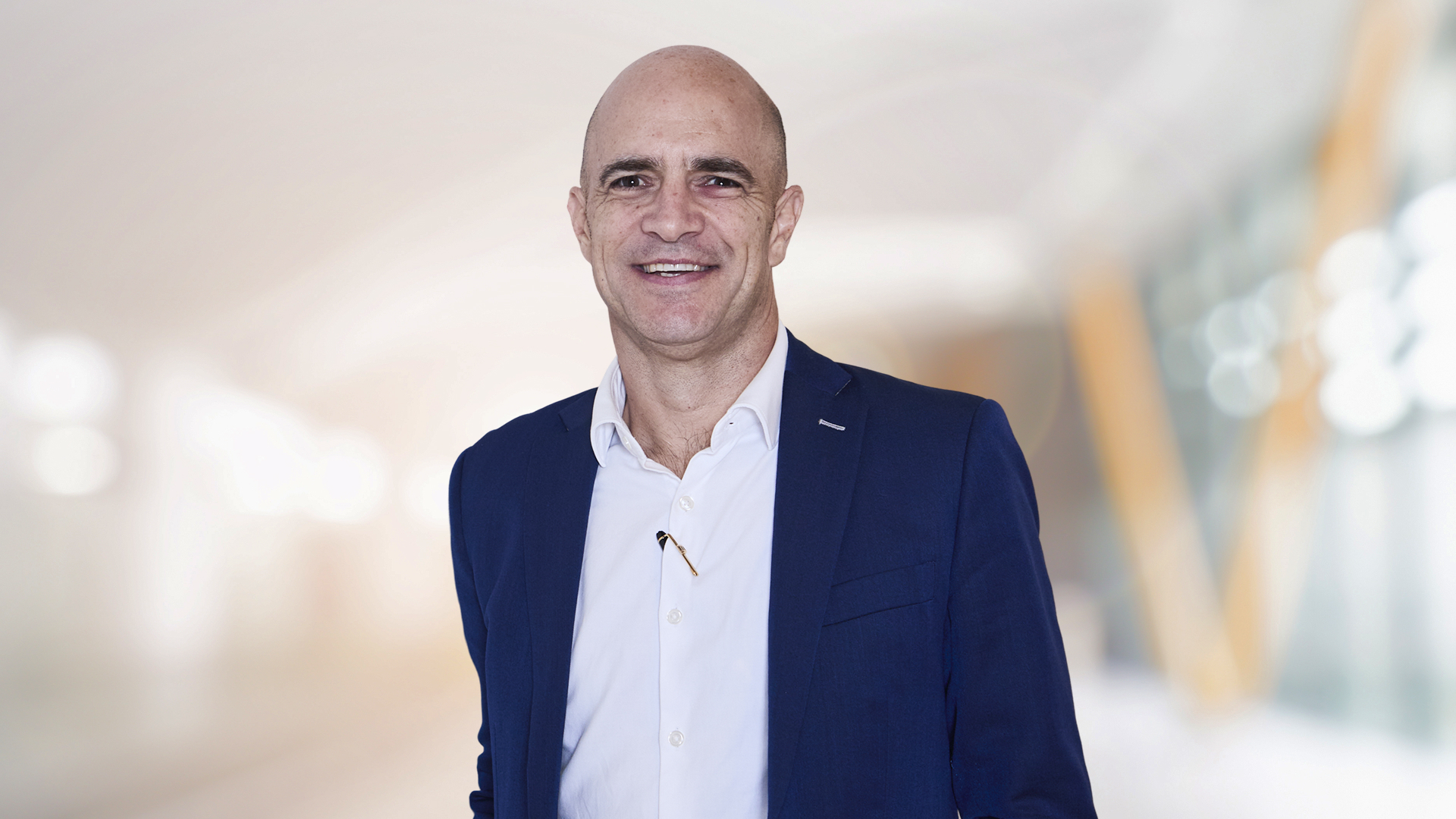The modern retiree's guide to income investing
You’re retired, or perhaps you're hoping to be soon. You live on a fixed income from your investments. Cost of living has been biting. You’d still like to have a life, but you want to ensure your investments are performing as they should. If this all sounds very familiar, you are in the same situation as millions of Australians – and if it doesn’t, don’t worry, your time will (hopefully) come.
Investing in retirement has its quirks, and the truth is, for many years, it was as simple as bunging it all in some term deposits, perhaps a bond fund or two and, for the more adventurous, a few nice dividend stocks (obviously Commonwealth Bank and maybe Telstra and BHP).
It’s not enough today, but the good news is that there are more options than ever before, and we are more aware of the needs of retirees than perhaps we ever were before.
As part of Livewire’s Income Series for 2025, and reflecting the changing and niche needs of Australian retirees, I spoke to Sebastian Ferrando, Adviser and Partner for Koda Capital, and Sarah King, Advice and Client Care for Stockspot, on how they are managing their clients’ portfolios.

The needs and risks of retirement
Some of the key risks that today’s retirees are managing include:
- Longevity risk i.e. the risk of outliving your funds
- Sequencing risk i.e. the risk of poor market returns early in retirement or during withdrawal periods resulting in diminished savings
- Inflation
We are living longer than in the past, and therefore must plan for changing income needs as the world evolves around us – this means today’s portfolio can’t be purely defensive, it needs to factor ongoing capital growth.
“A lot of our retired clients are concerned about longevity risks and ensuring their portfolios can support their lifestyles well into the future. This means we are finding many are looking at balanced or even high growth portfolio options,” says King.
To put this into perspective, consider typical superannuation default options. This means allocations to growth assets of 70%-90% (typically marketed towards younger investors). By contrast, older investors are often directed more towards defensive and conservative default options. This means up to 75% of your assets are directed into defensive assets, depending on the fund you use and which option you are in.
It’s a shift in how you need to think about investing in retirement, and I’ll quote Viola Wealth’s Charlie Viola here:
“You are a long time alive, and a long time retired.”
None of this is to say a retired investor’s assets shouldn’t be conservatively invested, but it’s an individual thing.
“It always depends on what the investor’s risk profile is, as well as their tax situation, and balance sheet set up,” says Ferrando, who also believes Australian tax residents “might have the best income market on the planet given the franking credit system.”
King adds that many investors were forced to rethink income during the period of low interest rates and high inflation, becoming more comfortable with taking on higher risk than they might have been in the past.
Thinking about total returns – not just income returns
Both King and Ferrando stress that retired investors need to adjust their thinking from a focus on simply income returns to total returns.
King explains this means portfolios that generate income yield and then additional returns from capital growth – that capital growth can also be drawn upon without necessarily drawing down the core investment.
Ferrando notes that this approach can also be tax effective and better for the overall portfolio strategy.
“Holding assets for non-income growth for more than 12 months gives us a concessional tax rate that is unlikely to be too far different from the tax rates that apply to income, especially if the investor’s marginal tax rate is higher than 30%.
Taking that approach also means that legacy goals can be more easily incorporated into the construction of the portfolio, and into generating the best risk-adjusted total return,” he says.

Franking credits and income
It would be a rare Australian retiree who doesn’t factor franking credits as part of their income stream.
While you can find a more detailed explainer here, franking credits are a tax credit attached to dividends where the company has paid out its after-tax income to investors. It means that you only need to pay tax on that dividend to the extent your marginal tax rate exceeds the rate of tax the company has already paid of that dividend income. If your marginal tax rate is less than the company rate (as many retirees), you may be entitled to a refund of the tax paid.
Many of the ASX 200 offer partial or fully franked dividends, with Commonwealth Bank, BHP and Telstra popular examples of this. You can read more in Carl Capolingua's article below:
.png)
All bar one of Carl’s top six offered full franking, with one offering partial (Technology One (ASX: TNE) at 65% franking). I'll note that the usual favourites don't appear in the line-up either!
Ferrando cautions investors not to base their strategies on franking or any form of tax strategy – aside from ethical and legal considerations.
“Automatically deciding an income strategy entirely based on a tax strategy may not deliver the best income result. Or the best tax result even.”
He adds, “all of these decisions should be a combination of income goals, spending goals, tax goals, legacy goals, mixed in with whatever else is in the investor’s balance sheet.”
What to invest in during retirement
Retirement doesn’t necessarily mean completely different investments compared to the accumulation stage of retirement; the key is diversification.
Ferrando highlights that diversification never goes out of fashion. He is concerned that a focus on Australian dividend-paying shares represents a narrow view, which may limit income, force concentration, and result in a suboptimal portfolio.
“The mindset for many investors is just to focus on fully-franked dividends, and that might end up being correct, but exploring other avenues is always worthwhile. Consider areas such as REITs, such as private credit, as well as investment grade bonds and other types of high yield bonds,” he says.
Both Ferrando and King caution that you should look under the bonnet of what you invest in and aim to understand it – if it sounds too good to be true, it probably is. King is concerned about investors being caught up in schemes like the First Guardian Master Fund and Shield Master Fund.
King has found more retirees wanting to strip bonds out of their portfolios, but believes they are an integral part of a diversified portfolio and offer a reliable source of income.
The Stockspot portfolios use ETFs for asset exposures, with the high-growth portfolio using Australian shares, global shares, emerging market shares, property, Australian corporate bonds and physical gold exposures.
The income-specific high-growth option includes the following ETFs:
- Vanguard Australian Shares High Yield ETF (ASX: VHY)
- Vanguard MSCI Australian Small Companies ETF (ASX: VSO)
- SPDR S&P/ASX 200 Resources ETF, SPDR S&P Global Dividend ETF (ASX: OZR)
- iShares MSCI Emerging Markets ETF (ASX: IEM)
- VanEck FTSE International Property Hedged ETF (ASX: REIT)
- Vanguard Australian Corporate Fixed Interest Index ETF (ASX: VACF)
- Global X Physical Gold (ASX: GOLD)
“We also offer a core-satellite approach where you have foundational ETFs and then allocate sections of the portfolio to boost your income,” King says.
Investors might also consider that growth options can adjust in retirement depending on your risk needs – your share allocation might focus more on quality compounders, rather than taking a chance on start-ups, for example, or you might use growth alternatives to shift your risk profile.
Advice from the experts
Ferrando and King believe investors need to remember the basics when it comes to retirement – and these don’t necessarily change from the pre-retirement stage.
Diversification remains critical.
“Have a blend of income and capital growth, ensure you are in a strategy that is right for you, your timeframe and your risk profile,” says King.
If in doubt, speak to the experts for help - and may you have a long and prosperous retirement.
3 topics
8 stocks mentioned
7 funds mentioned
2 contributors mentioned


